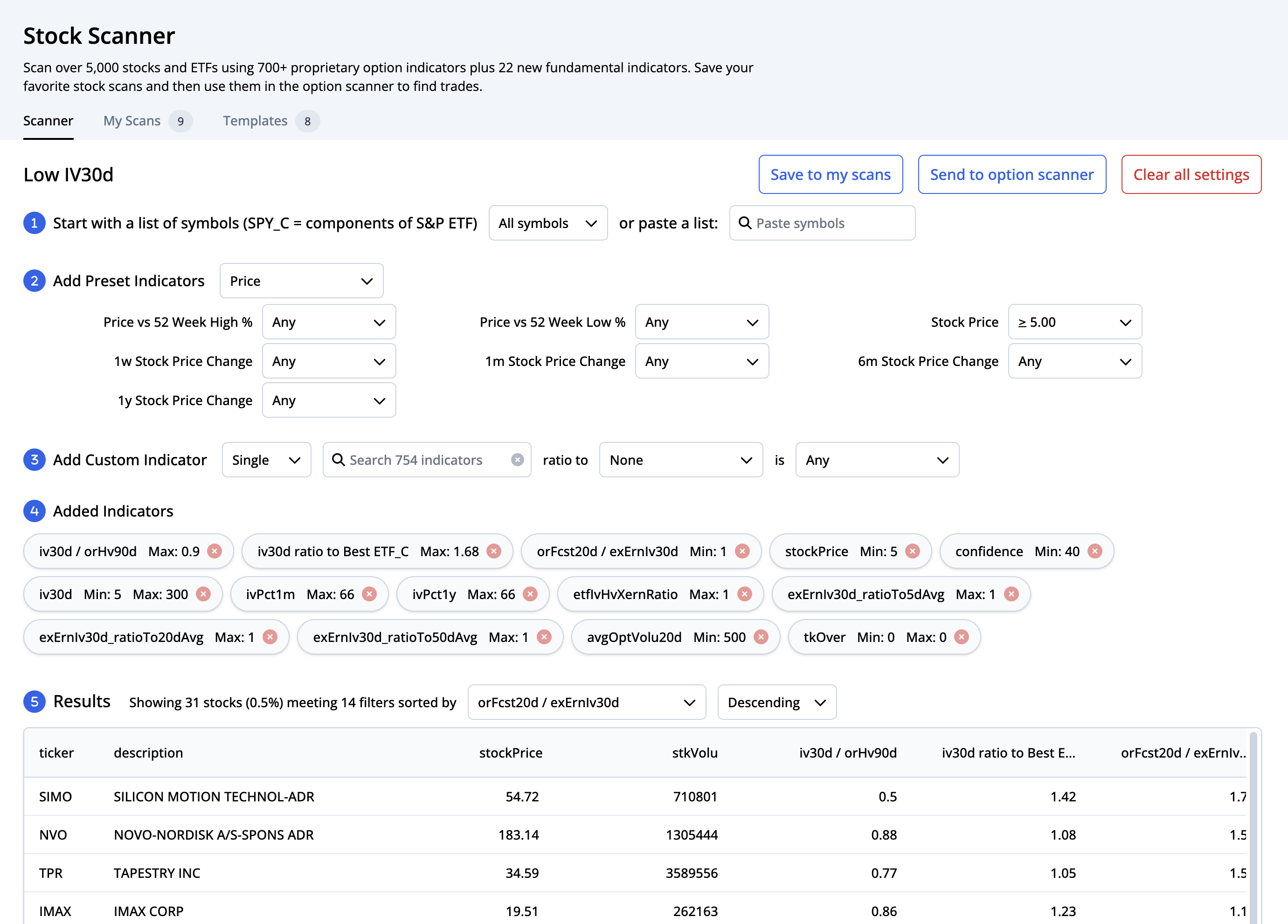Trading
Tuesday, July 12th 2022
Taming The ZEBRA Spread
The Zebra options spread replicates a stock position with two long in-the-money and one short at-the-money option. Scanning and backtesting examples are presented here.
Summary
The Zebra options spread buys two in-the-money options and sells one at-the-money option to replicate a stock position without the unlimited losses. The call Zebra is long 100 deltas and the put Zebra is short -100 deltas. The extrinsic value of the spread is zero so the break even is the stock price at entry. A scanner and backtesting examples are presented.
The ZEBRA strategy (Zebra), short for zero extrinsic back ratio, buys two in-the-money (ITM) options and sells one at-the-money (ATM) option to mimic the payoff of a stock position without the unlimited losses. The call Zebra is long 100 deltas like a long stock position, and the put Zebra is a short -100 deltas. The extrinsic value of the spread is zero so the break even is the stock price at entry.
Below are the top ranked SPY Zebra spreads.

Spread #10 has the lowest Theta and a break even of about where the stock price is now.

Breaking down the calculations shows that there is $3.16 of extrinsic value for the trade.
To set up a Zebra scan, select the 1x2 backspread. Select your desired days to expiration range. Typically, the Zebra has two long 75 delta options and one short 50 delta option.

The default Leg Relationship of the strikes will need to be adjusted.

Set the Spread Delta to around -1 for the put Zebra as below, and +1 for the call Zebra.

A put Zebra trade with payoff and greeks is below:

Backtesting the call Zebra shows that the strategy works best compared to long stock in down markets. The strategy has a lower drawdown but long stock has better returns, Sharp and Sortino.



The put Zebra since 2017 is about the mirror image since the delta is -100.

Disclaimer:
The opinions and ideas presented herein are for informational and educational purposes only and should not be construed to represent trading or investment advice tailored to your investment objectives. You should not rely solely on any content herein and we strongly encourage you to discuss any trades or investments with your broker or investment adviser, prior to execution. None of the information contained herein constitutes a recommendation that any particular security, portfolio, transaction, or investment strategy is suitable for any specific person. Option trading and investing involves risk and is not suitable for all investors.
All opinions are based upon information and systems considered reliable, but we do not warrant the completeness or accuracy, and such information should not be relied upon as such. We are under no obligation to update or correct any information herein. All statements and opinions are subject to change without notice.
Past performance is not indicative of future results. We do not, will not and cannot guarantee any specific outcome or profit. All traders and investors must be aware of the real risk of loss in following any strategy or investment discussed herein.
Owners, employees, directors, shareholders, officers, agents or representatives of ORATS may have interests or positions in securities of any company profiled herein. Specifically, such individuals or entities may buy or sell positions, and may or may not follow the information provided herein. Some or all of the positions may have been acquired prior to the publication of such information, and such positions may increase or decrease at any time. Any opinions expressed and/or information are statements of judgment as of the date of publication only.
Day trading, short term trading, options trading, and futures trading are extremely risky undertakings. They generally are not appropriate for someone with limited capital, little or no trading experience, and/ or a low tolerance for risk. Never execute a trade unless you can afford to and are prepared to lose your entire investment. In addition, certain trades may result in a loss greater than your entire investment. Always perform your own due diligence and, as appropriate, make informed decisions with the help of a licensed financial professional.
Commissions, fees and other costs associated with investing or trading may vary from broker to broker. All investors and traders are advised to speak with their stock broker or investment adviser about these costs. Be aware that certain trades that may be profitable for some may not be profitable for others, after taking into account these costs. In certain markets, investors and traders may not always be able to buy or sell a position at the price discussed, and consequently not be able to take advantage of certain trades discussed herein.
Be sure to read the OCCs Characteristics and Risks of Standardized Options to learn more about options trading.
Related Posts



